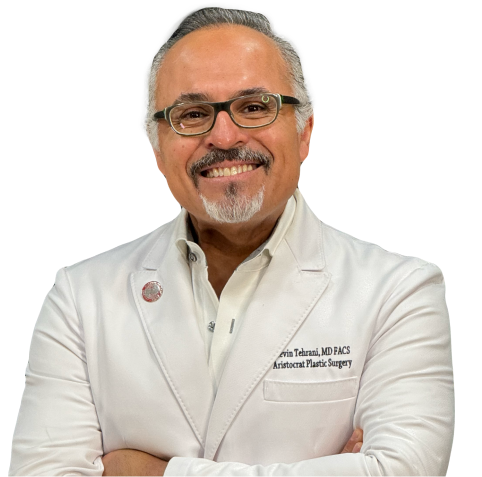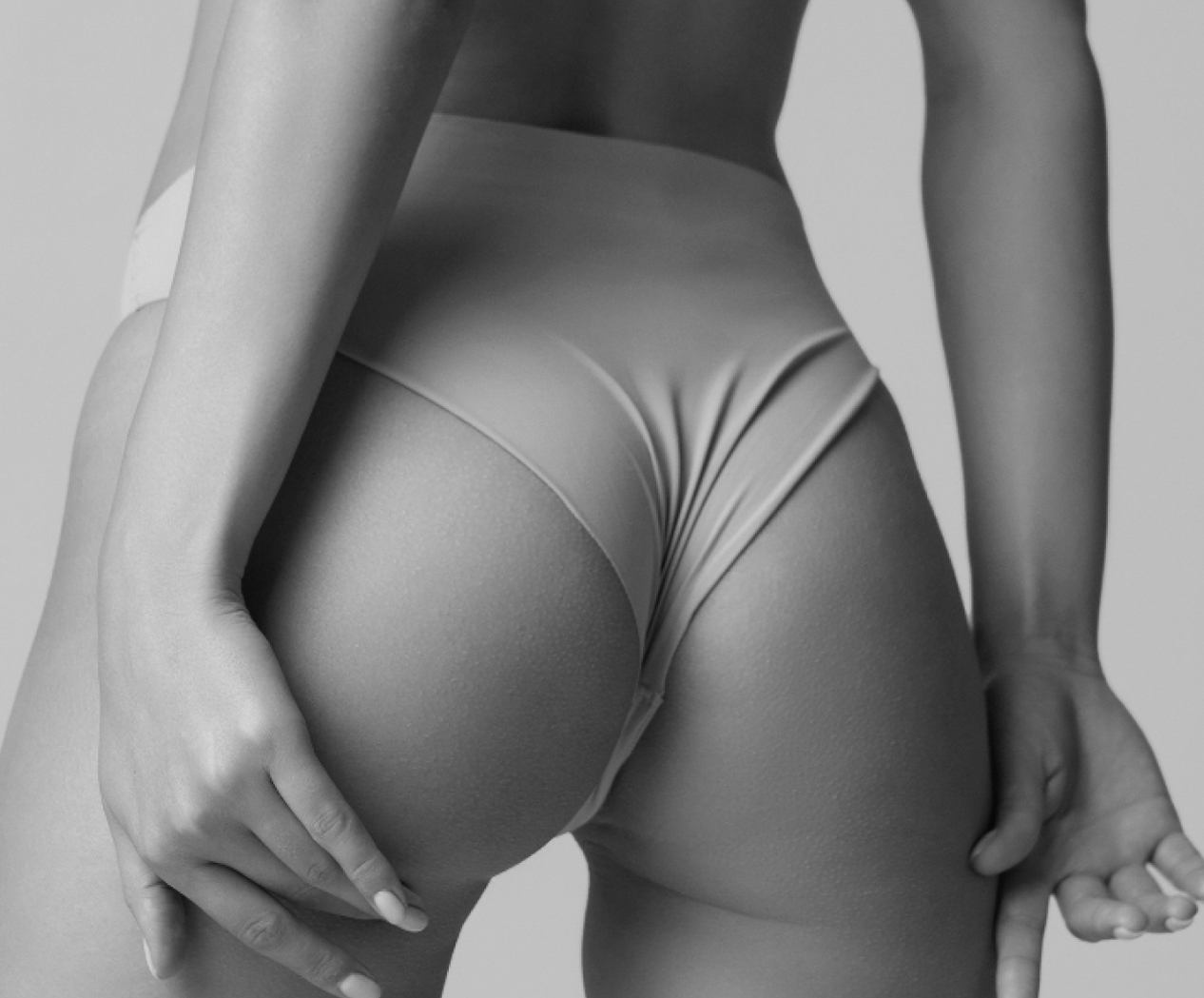Top Rated Lower Body Lift in New York

Is Lower Body Lift Right For You?
A lower body lift is a procedure wherein excess skin and fat from the hips, outer thighs, and buttocks is removed. This procedure tightens loose, sagging skin and smooths out fatty folds to restore youthful skin tone and define the contours of the body. Although a tummy tuck or liposuction reduce fatty tissues in various parts of the body, these procedures are not ideal for targeting problem areas that are circular in nature. A lower body lift is a more extensive procedure that covers wider areas of the lower body.

Who Is A Candidate for Lower Body Lift?
The ideal candidate for a lower body lift is a healthy, non-smoking individual within the normal weight range. He or she is free from any chronic condition, including diabetes or heart disease.
If you lost significant weight without changes in your body contours, you will benefit from a lower body lift. This procedure will resolve hanging skin caused by aging, pregnancy, and significant weight loss. The procedure also resolves abdominal muscle separation.
A lower body lift is often recommended to patients who have undergone bariatric surgery or to those who lost a lot of weight through dieting. It works well for mothers who want to restore their pre-baby body or individuals plagued with cellulite below the waistline. Individual results may vary.
read more

Dr. Ted E. Lockwood coined the term “body lift” in 1992. Dr. Kevin Tehrani has received special training from Dr. Ted E. Lockwood, the pioneer of the lower body lift procedure. He specializes in lower body lift surgery. In fact, Dr. Tehrani is the first graduate who offers the lower body lift procedure in the New York area.
What Is The Lower Body Lift Procedure
Benefits of a Lower Body Lift
- Multiple areas of the body (buttocks, thighs, possibly abdomen) covered in a single operation
- Reduces fatty folds
- Flattens and sculpts the entire torso and abdominal muscles
- Can be combined with liposuction to reduce regional fat

Meet Dr. Kevin Tehrani, MD FACS
Recovery from a Lower Body Lift
Because a lower body lift is an extensive surgical procedure, you should expect a lengthy recovery period. Your plastic surgeon will discuss postsurgical care and recovery with you, including normal symptoms to expect, potential complications, drains (if any), medications, and checkups.
After the surgery, you are likely to spend at least two days in the hospital to receive nursing care. The treated areas are covered with bandages and surgical drains. You’ll be taught how to take care of the drains. The treated area will feel sore and appear red and bruised. There will be pain, especially when the anesthesia wears off. You will be given prescribed painkillers to manage the pain, but if it is long-lasting, you should call your physician.
The pain and swelling should go down two weeks after the surgery. You are not allowed to do anything strenuous, including heavy lifting, for four to six weeks. You will wear compression garments throughout the recovery period to promote proper healing. Compression garments reduce swelling, support suspended skin tissues, and smooth out the skin. Sutures are removed two weeks after surgery, and your surgeon may recommend a special diet.
To ensure proper healing, follow your plastic surgeon’s postsurgical instructions. Go to weekly follow-up visits to track your progress, reduce the risk of infections, and minimize discomfort. It will take at least four weeks to achieve full healing. Scars from the procedure are lasting but will become less noticeable within a year.
read more

Get in touch
To schedule a consultation, please fill out the form below or call us at our Manhattan or Great Neck office locations.
"*" indicates required fields
Frequently
Asked Questions
What is a lower body lift?
It focuses on the abdomen, hips, outer thighs, and buttocks, removing excess skin and lifting sagging tissues.
Who is a good candidate?
Individuals with significant skin laxity in the lower body, often after major weight loss or pregnancy.
How extensive is the scarring?
The incision typically goes around the waist. While the scar is lengthy, it’s placed low so it can be hidden by underwear or swimwear.
How long is surgery?
It can take several hours depending on the extent of correction needed.
What is recovery like?
Recovery is more involved than single-site procedures. Expect a few weeks of downtime and up to 8 weeks for full healing.



